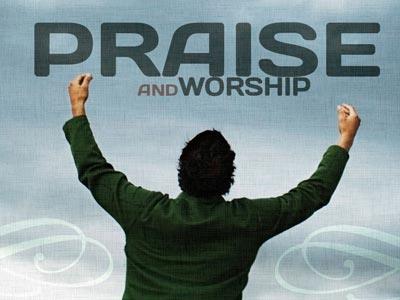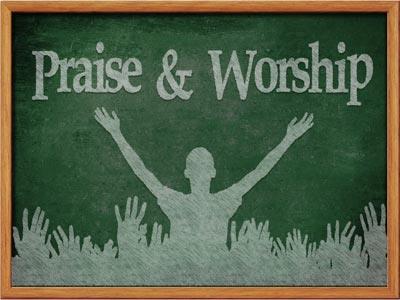-
Jesus Was Whipped And Beaten Nearly To The Last Breath Of His Life Series
Contributed by Robert Irvine on Jun 18, 2024 (message contributor)
Summary: Jesus went to the cross, as a sacrifice for the sins of the world. He was stricken and afflicted.
Robert Irvine's profile photo
Robert Irvine<robbieluke1961@gmail.com>
13:39 (3 minutes ago)
to Revd Robert Irvine
“Surely he took up our pain and bore our suffering, yet we considered him punished by God, stricken by him, and afflicted.”
Isa 53: 4
Jesus went to the cross, as a sacrifice for the sins of the world. He was stricken and afflicted. For me, these words understate what Jesus went through. Even though Pontius Pilate found Jesus Christ innocent of all charges put against him he still had Jesus whipped. This was no ordinary whipping. Whips were made with small pieces of metal or bone at the tips. Such a device could easily cause disfigurement and serious trauma, ripping pieces of flesh from the body. The Romans whipped from the shoulders right down to the feet, and there was no limit to the number of blows so people would often die. But Jesus survived the whipping. Before all that, they had made a crown of thorns and pushed it onto Jesus’ head.
Even though Jesus’ back would have been one large gaping wound the Roman soldiers put the cross member of the cross onto his back and told Jesus to walk to Golgotha, where he was going to be crucified. When he reached Golgotha Jesus would have had to lie down on the vertical member of the cross after which the Romans would have secured the cross member to the vertical member. Jesus would have then had to suffer the pain and agony as the Romans banged nails through his hands and feet into the cross. As the cross is raised up, all his weight would then be pushing Jesus down but the nails in his hands and feet would be holding him on the cross. Crucifixion was a slow agonising death, where the person actually dies of asphyxiation as he cannot get any air into his lungs. Finally, Jesus had a spear thrust into his body but thankfully he was already dead at that point and did not have to suffer from that.
However, Jesus himself predicted his death, but what is remarkable is the many prophecies detailing his death. Right back in the Book of Deuteronomy, the elders were to wash their hands and declare, “Our hands did not shed this blood”, just as Pontius Pilate “took water and washed his hands in front of the crowd. ‘I am innocent of this man’s blood,’ he said. ‘It is your responsibility!’” David wrote Psalm 22, which is packed full of images of the crucifixion. In verse 7 we read “All who see me mock me; they hurl insults, shaking their heads.” And this is fulfilled at the cross when Matthew records that “Those who passed by hurled insults at him, shaking their heads.” The psalmist then wrote “‘He trusts in the Lord,’ they say, ‘let the Lord rescue him”, and this was fulfilled at the cross when Matthew records that “In the same way the chief priests, the teachers of the law and the elders mocked him. ‘He saved others,’ they said, ‘but he can’t save himself! He’s the king of Israel! Let him come down now from the cross, and we will believe in him.” The Psalmist also wrote, “My mouth is dried up like a potsherd, and my tongue sticks to the roof of my mouth.” Here again, this is fulfilled when John records that “Later, knowing that everything had now been finished, and so that Scripture would be fulfilled, Jesus said, ‘I am thirsty.” The Psalmist wrote, “they pierce my hands and my feet.” This is obviously fulfilled at the cross, but John specifically records a moment after Jesus had risen and shown himself to the disciples. Everyone was there except Doubting Thomas. John wrote: “Now Thomas (also known as Didymus), one of the Twelve, was not with the disciples when Jesus came. So, the other disciples told him, ‘We have seen the Lord!’ But he said to them, ‘Unless I see the nail marks in his hands and put my finger where the nails were, and put my hand into his side, I will not believe.’ A week later his disciples were in the house again, and Thomas was with them. Though the doors were locked, Jesus came and stood among them and said, ‘Peace be with you!’ Then he said to Thomas, ‘Put your finger here; see my hands. Reach out your hand and put it into my side. Stop doubting and believe.’ Thomas said to him, ‘My Lord and my God!” The crucifixion was prophesied by David, confirmed by Isaiah, and put into effect by Jesus Christ.
So, what does all this mean for us today? Today we need to reflect on this and decide what we will do about it. Jesus went to the cross so that the Old Testament law was fulfilled. A penalty had to be paid for sin. A sacrifice had to be offered. In the Old Testament at 2 Chron 29, we read “Early the next morning King Hezekiah gathered the city officials together and went up to the temple of the Lord. They brought seven bulls, seven rams, seven male lambs and seven male goats as a sin offering for the kingdom, for the sanctuary and for Judah.” Hezekiah sacrificed animals as the penalty for the sins of the Judah. However, in light of Jesus' sacrifice, what do we do? The writer to the Hebrews tells us, “Through Jesus, therefore, let us continually offer to God a sacrifice of praise—the fruit of lips that openly profess his name.” The sacrifice we are to provide is a sacrifice of praise. Not only that, Paul encourages us to “offer our bodies as LIVING sacrifices.” We don't need to sacrifice animals, as Jesus became the sacrifice once and for all time. We just need to worship God in spirit and truth, praise Him, and give Him everything we have for Him to use.

 Sermon Central
Sermon Central



